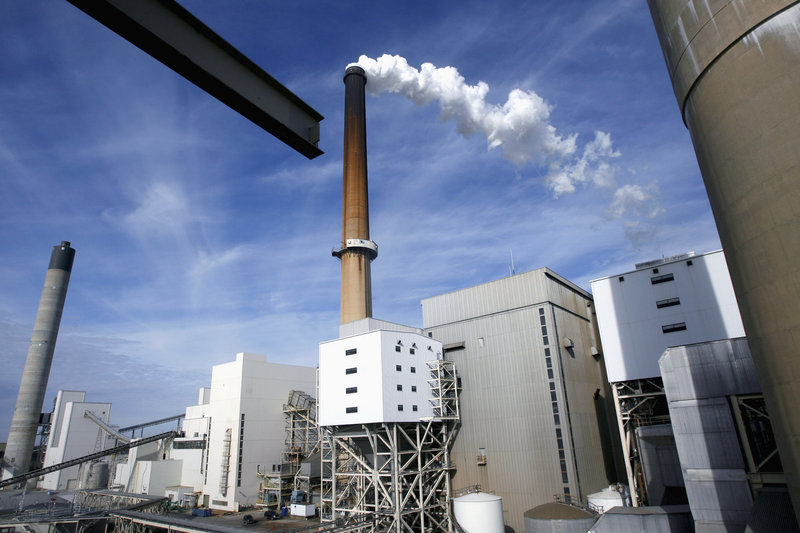WASHINGTON – Clean up or shut down.
That’s the decision facing hundreds of the nation’s oldest and dirtiest power plants under an Environmental Protection Agency rule announced Wednesday that will force plants to control mercury and other toxic pollutants for the first time.
The long overdue national standards rein in the largest remaining source of uncontrolled toxic pollution in the U.S. — the emissions from the nation’s coal- and oil-fired power plants, which have been allowed to run for decades without addressing their full environmental and public health costs.
About half of the 1,200 coal- and oil-fired units nationwide still lack modern pollution controls, despite the EPA in 1990 getting the authority from Congress to control toxic air pollution from power plant smokestacks. A decade later, in 2000, the agency concluded it was necessary to clamp down on the emissions to protect public health.
At a press conference Wednesday at Children’s National Medical Center in Washington, EPA Administrator Lisa Jackson said the regulation was the Obama administration’s “biggest clean-air action yet,” trumping a landmark agreement to double fuel-economy standards for vehicles and another rule that will reduce emissions from power plants that foul the air in states downwind.
The administration was under court order to issue a new rule, after a court threw out an attempt by the Bush administration to exempt power plants from toxic air pollution controls.
“Before this rule, there were no national standards limiting the amount of mercury, arsenic, chromium, nickel and acid gases that power plants across the country could release into the air that we breathe,” said Jackson, listing the contaminants linked to cancer, IQ loss, heart disease and lung disease that are covered by the rule, and that also pollute lakes, streams and fish.
When fully implemented in 2016, the standards will slash mercury pollution from burning coal by 90 percent, lung-damaging acid gases by 88 percent and soot-producing sulfur dioxide by 41 percent.
Power plant operators will have to choose between installing pollution control equipment, switching to cleaner-burning natural gas, or shutting down the plant.
None of those choices come cheap — the EPA estimates the rule will cost $9.6 billion annually.
Send questions/comments to the editors.


